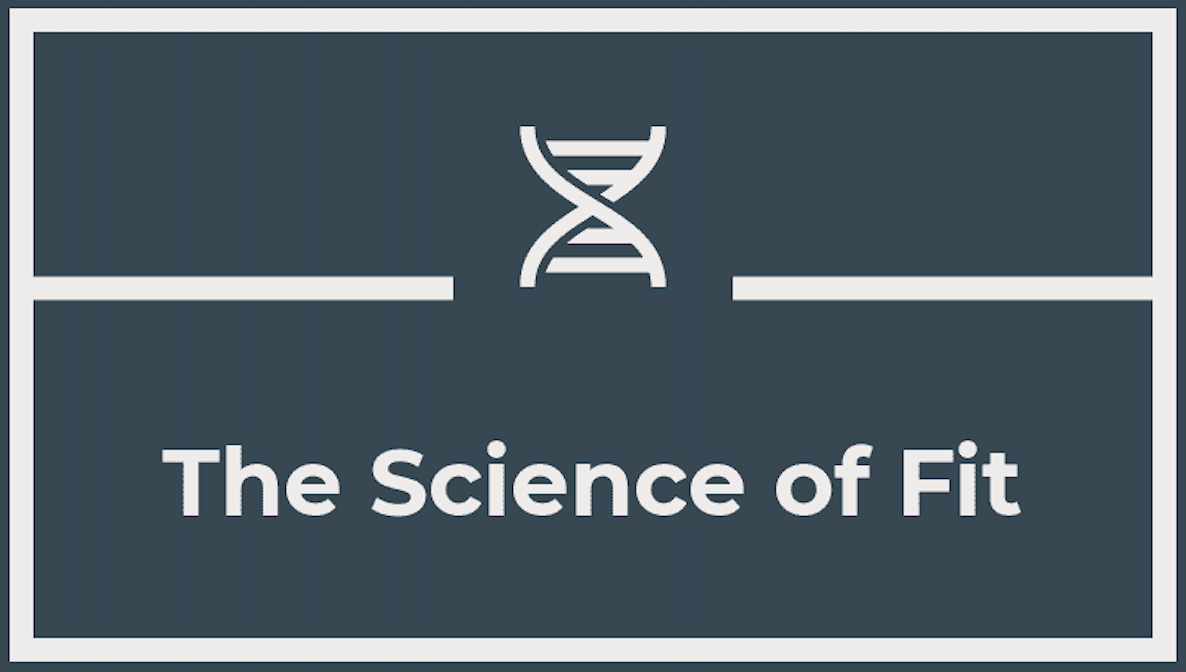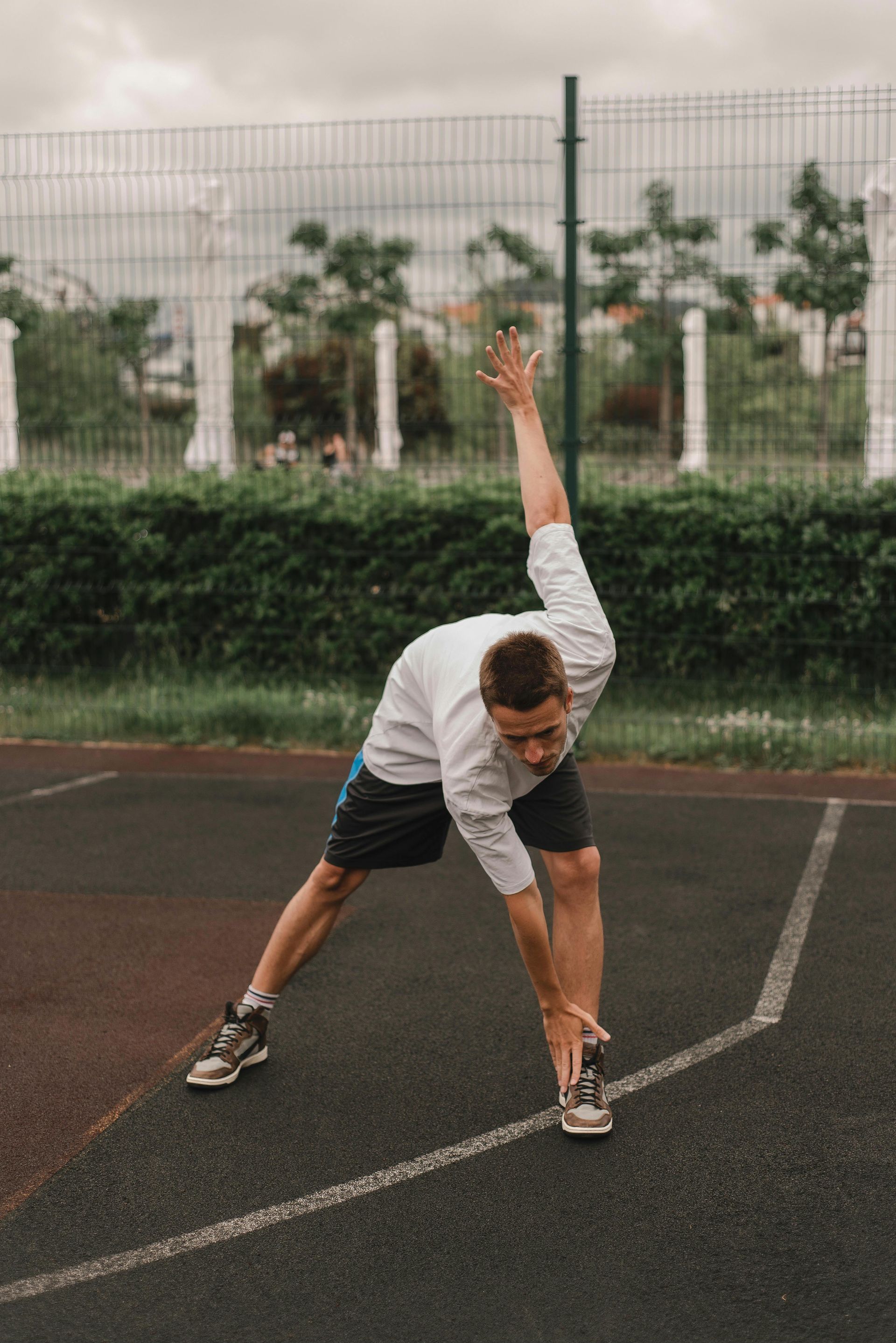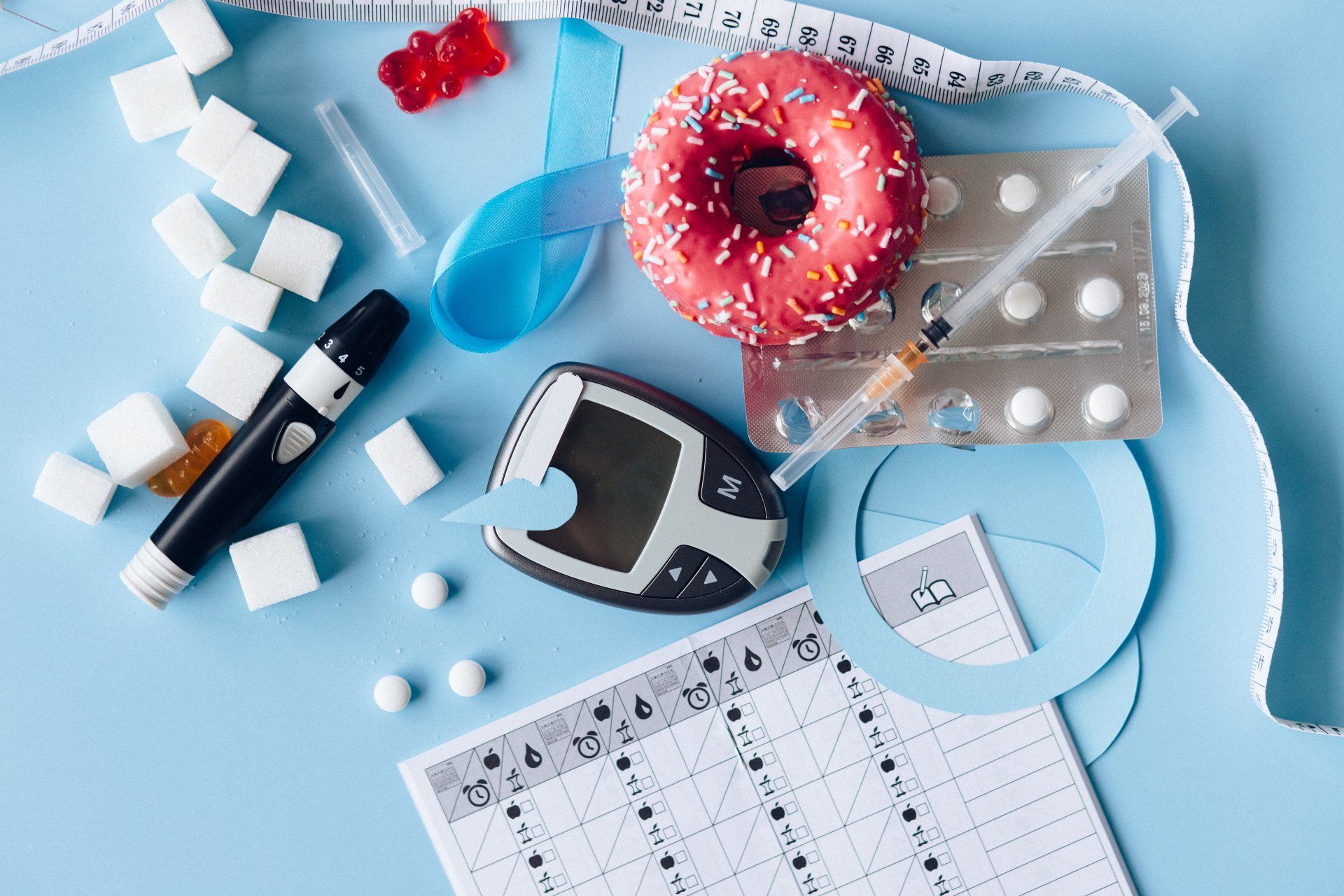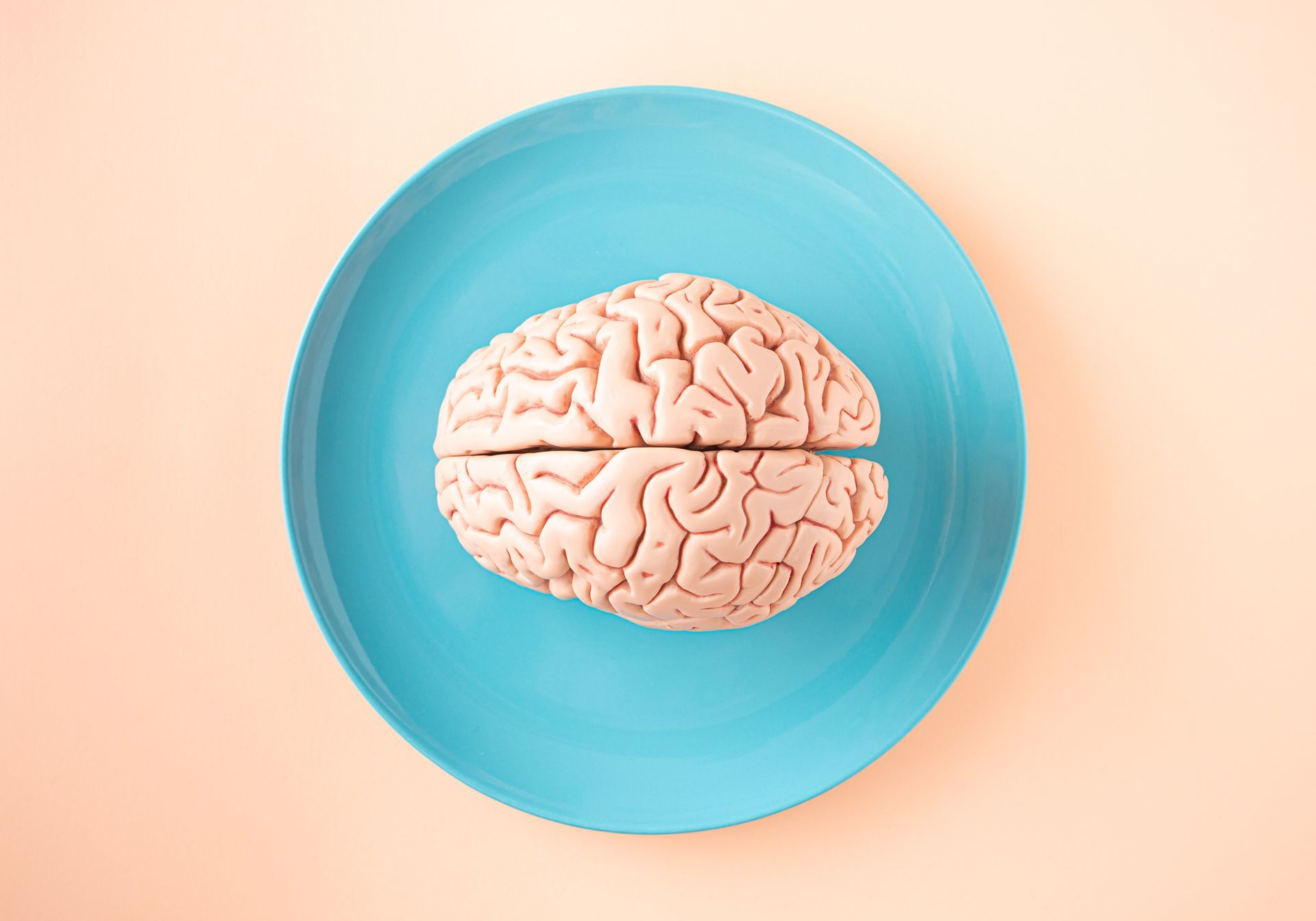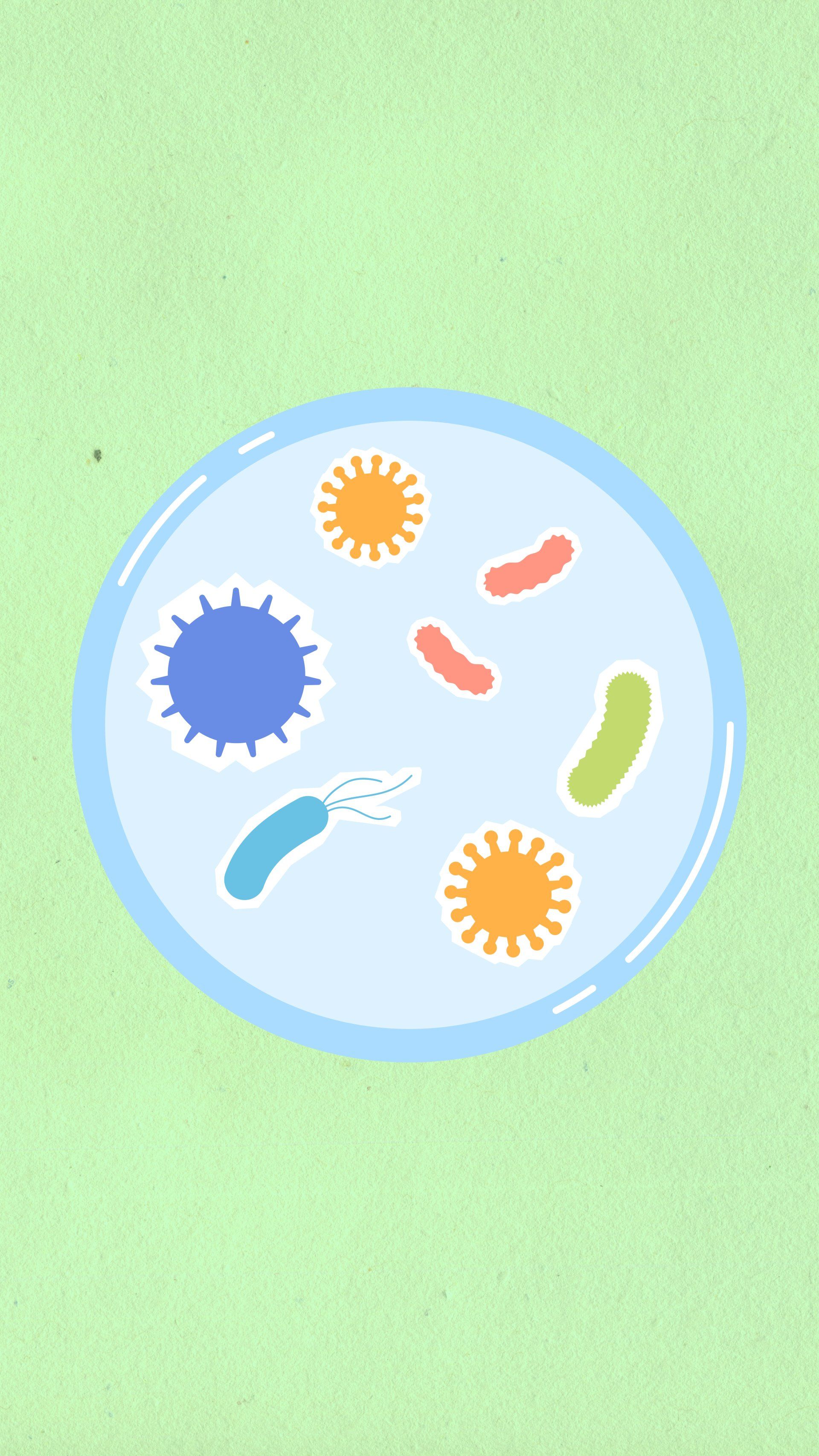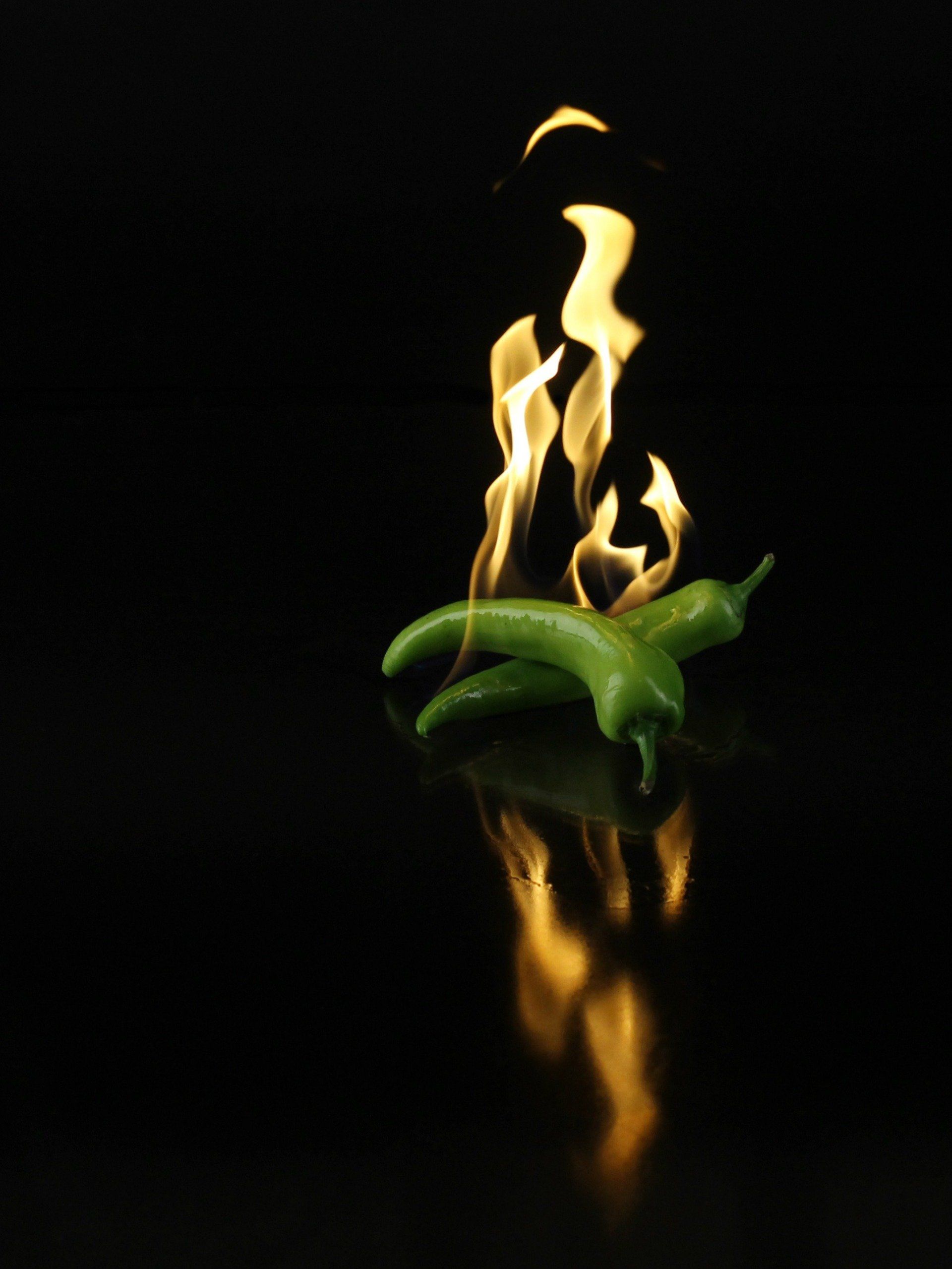Red Light Therapy
Red Light Therapy: Mechanisms, Applications, and Efficacy
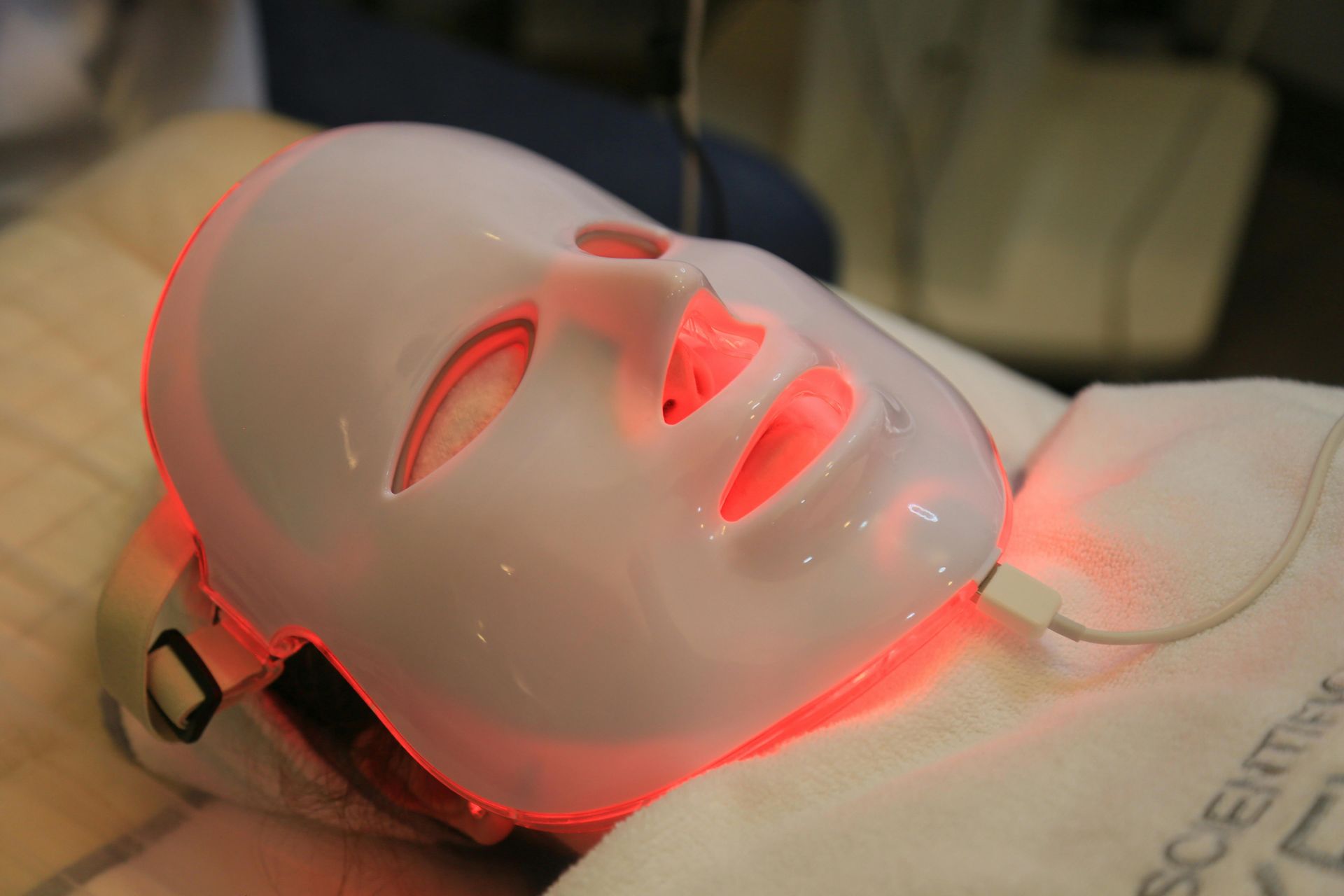
Abstract
Red light therapy (RLT), also known as low-level laser therapy (LLLT) or photobiomodulation (PBM), has gained significant attention in recent years for its therapeutic applications in various medical fields. This review explores the underlying mechanisms of RLT, its clinical applications in dermatology, pain management, and other areas, and evaluates its effectiveness based on current scientific literature. The findings indicate that RLT holds promise for a range of conditions, particularly in skin rejuvenation, wound healing, and pain relief. However, further research is required to establish standardized protocols and optimize treatment parameters for diverse indications.
1. Introduction
Red light therapy (RLT) utilizes low-level wavelengths of light, primarily in the range of 600 to 900 nanometers, to stimulate biological processes at the cellular level. Since its inception in the 1960s, RLT has been explored for various therapeutic applications, including dermatology, sports medicine, and chronic pain management. This review aims to summarize the current understanding of RLT, focusing on its mechanisms of action, clinical applications, and effectiveness supported by scientific studies.
2. Mechanisms of Action
RLT operates through multiple biological mechanisms:
- Mitochondrial Stimulation: RLT enhances mitochondrial function, particularly the activity of cytochrome c oxidase, leading to increased adenosine triphosphate (ATP) production, which is crucial for cellular energy and repair processes (Miyamoto et al., 2015; Hamblin, 2017).
- Reactive Oxygen Species (ROS): Controlled levels of ROS generated by RLT can act as signaling molecules, promoting cellular proliferation and tissue repair while modulating inflammatory responses (Zhao et al., 2018).
- Collagen Production: RLT stimulates fibroblast activity, enhancing collagen synthesis and improving skin elasticity, which is beneficial for various dermatological applications (Barolet & Boucher, 2010).
3. Clinical Applications
3.1 Dermatology
RLT has been extensively utilized in dermatology for:
- Wound Healing: Clinical studies demonstrate that RLT accelerates the healing process of chronic wounds, such as diabetic ulcers, by promoting fibroblast proliferation and collagen deposition (Baxter et al., 2020).
- Skin Rejuvenation: RLT has been shown to improve skin texture, reduce wrinkles, and treat acne by modulating sebum production and inflammatory responses (Figueiro et al., 2021).
3.2 Pain Management
RLT has shown promise in managing pain associated with:
- Chronic Pain Conditions: Meta-analyses indicate that RLT effectively reduces pain and improves function in patients with conditions like osteoarthritis and fibromyalgia (Chow et al., 2009).
- Sports Injuries: RLT is commonly used in sports medicine for muscle recovery, reducing soreness and inflammation following exercise (Leal-Junior et al., 2015).
3.3 Neurological Conditions
Emerging research suggests potential applications of RLT in neurological conditions:
- Traumatic Brain Injury (TBI): Preclinical studies indicate that RLT may promote neuronal survival and functional recovery following TBI (Zhang et al., 2019).
- Cognitive Enhancement: Some studies suggest that RLT may enhance cognitive function in aging populations, though further research is needed to validate these findings (Khan et al., 2020).
4. Effectiveness and Clinical Evidence
Recent systematic reviews and meta-analyses support the effectiveness of RLT across various conditions. For example, a systematic review by Chow et al. (2009) indicated significant pain reduction in patients with chronic pain conditions. Additionally, a meta-analysis by Figueiro et al. (2021) demonstrated RLT's effectiveness in improving skin appearance and reducing acne lesions.
Despite these positive findings, treatment effectiveness can be influenced by several factors:
- Wavelength: Studies emphasize that different wavelengths may yield varying results, with red and near-infrared light being most effective for therapeutic outcomes (Huang et al., 2009).
- Dosage and Treatment Protocol: The optimal parameters, including light intensity, duration, and frequency of treatments, remain to be standardized across different indications (Zhou et al., 2017).
- Individual Variability: Patient-specific factors, such as age, skin type, and underlying health conditions, may impact treatment efficacy (Mason et al., 2021).
5. Safety and Side Effects
RLT is generally considered safe, with minimal side effects reported. Mild, transient effects such as erythema or skin irritation may occur, but serious adverse effects are rare. Adhering to established treatment guidelines and device calibration is essential to minimize risks (Bader et al., 2021).
6. Future Directions
Despite promising findings, further research is necessary to:
- Establish standardized treatment protocols tailored to specific conditions.
- Investigate the long-term effects of RLT.
- Explore the mechanisms underlying individual variability in treatment response.
7. Conclusion
Red light therapy is a promising non-invasive treatment modality with applications in dermatology, pain management, and potentially neurological conditions. Current evidence supports its effectiveness, particularly for skin rejuvenation and pain relief. However, additional rigorous clinical trials are necessary to confirm its benefits and optimize treatment parameters, paving the way for its integration into standard therapeutic practices.
---
References
1. Bader, R., Asimakopoulos, G., & Hartmann, M. (2021). Red Light Therapy: A Review of Clinical Applications and Effectiveness. Journal of Laser Therapy, 15(1), 1-10.
2. Barolet, D., & Boucher, A. (2010). LED Therapy: A Review of the Current Evidence. Journal of Cosmetic and Laser Therapy, 12(3), 161-167.
3. Baxter, G. D., et al. (2020). The Effects of Light Therapy on the Healing of Diabetic Foot Ulcers: A Randomized Controlled Trial. Diabetic Medicine, 37(2), 226-234.
4. Chow, R. T., et al. (2009). The Efficacy of Low-Level Laser Therapy in the Management of Chronic Pain: A Systematic Review. Clinical Journal of Pain, 25(8), 665-676.
5. Figueiro, M. G., et al. (2021). The Effects of Red Light Therapy on Skin: A Systematic Review. Journal of Cosmetic Dermatology, 20(6), 1712-1720.
6. Hamblin, M. R. (2017). Photobiomodulation: Mechanisms and Applications. Photomedicine and Laser Surgery, 35(5), 221-228.
7. Huang, Y. Y., et al. (2009). Biphasic Dose Response in Low-Level Light Therapy. Dose-Response, 7(4), 358-383.
8. Khan, A. F., et al. (2020). The Role of Photobiomodulation in Cognitive Enhancement: A Review. Neurobiology of Learning and Memory, 174, 107269.
9. Leal-Junior, E. C. P., et al. (2015). Effects of Photobiomodulation on Muscle Recovery After Exercise: A Systematic Review. Lasers in Medical Science, 30(2), 611-620.
10. Mason, S. A., et al. (2021). Individual Variability in Response to Low-Level Laser Therapy: A Review of Factors Influencing Outcomes. Photomedicine and Laser Surgery, 39(1), 1-10.
11. Miyamoto, K., et al. (2015). Effects of Low-Level Laser Therapy on Mitochondrial Function and Cellular Energy Metabolism. Journal of Biophotonics, 8(5), 351-362.
12. Zhao, M., et al. (2018). The Role of Reactive Oxygen Species in Photobiomodulation. Journal of Photochemistry and Photobiology B: Biology, 179, 170-175.
13. Zhou, K., et al. (2017). The Mechanism of Action of Low-Level Laser Therapy: A Review of the Literature. Journal of Laser Therapy, 29(3), 105-110.
Fitness From Head to Toe
Contact Us
Contact Us
We will get back to you as soon as possible
Please try again later
